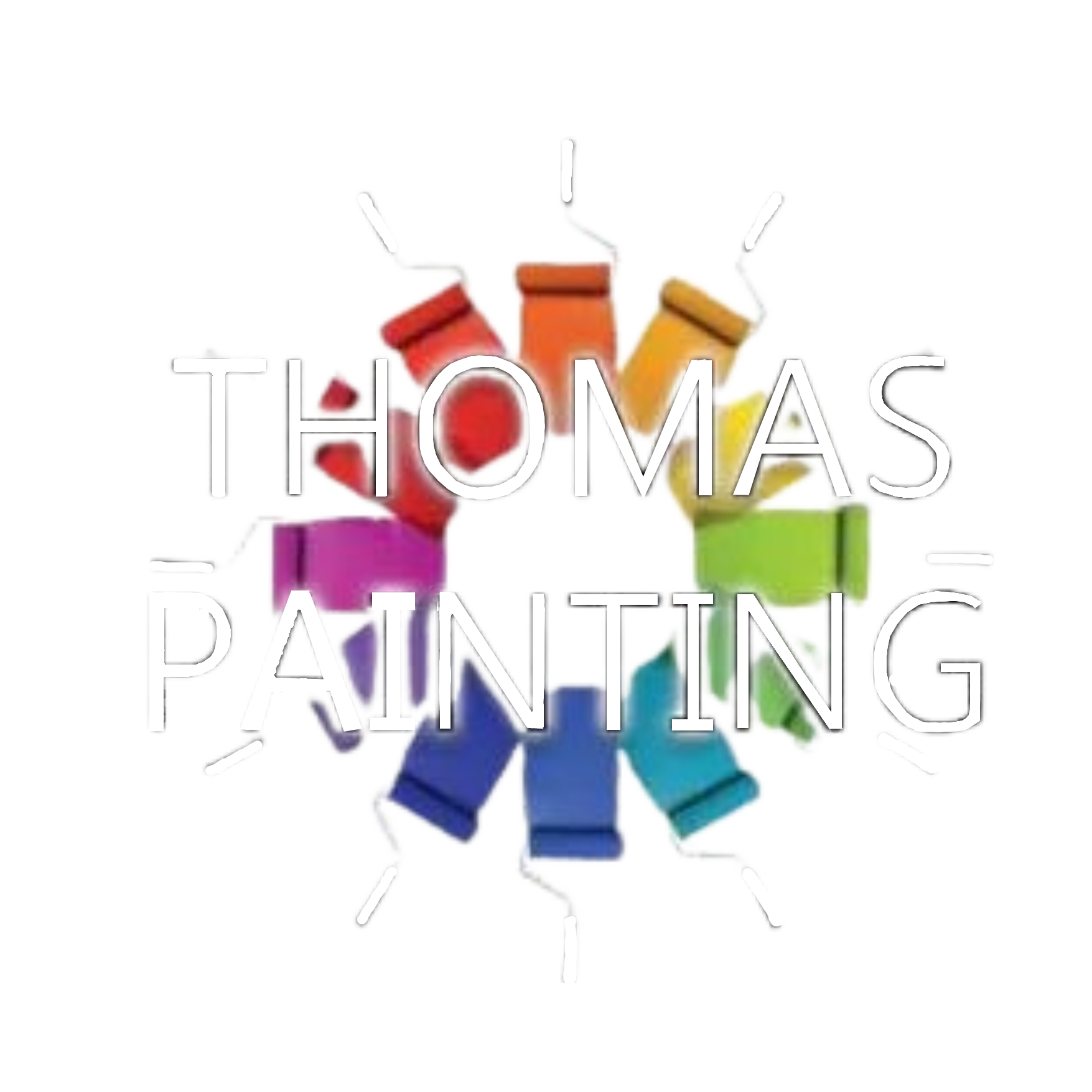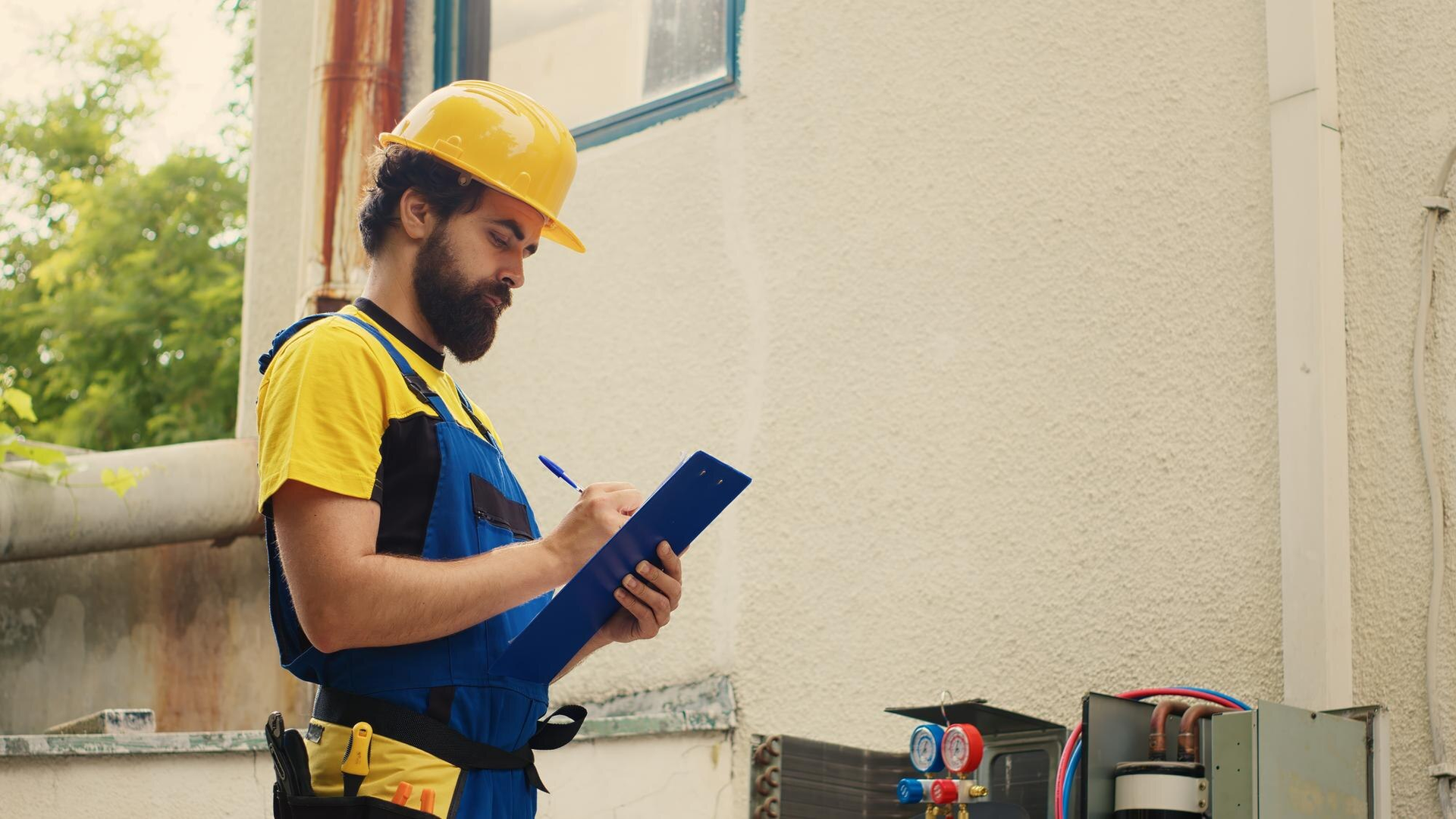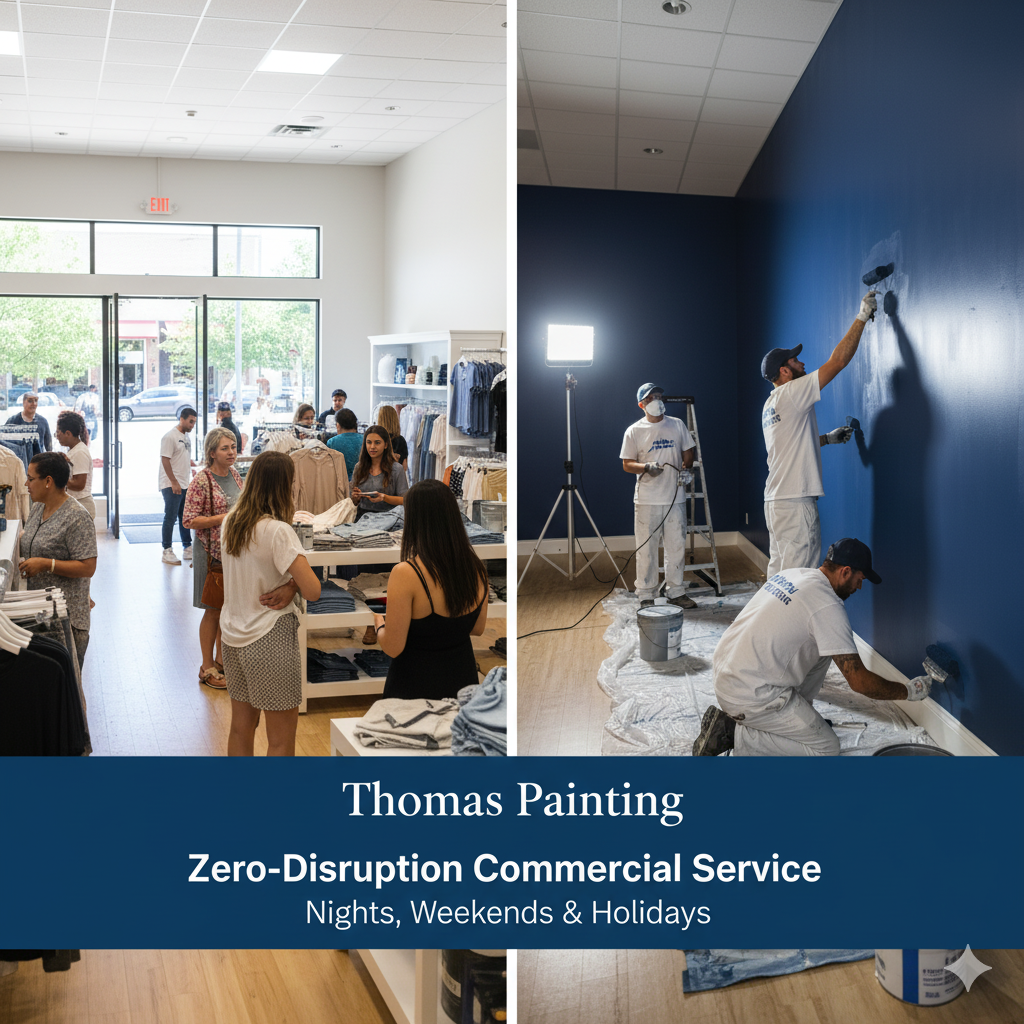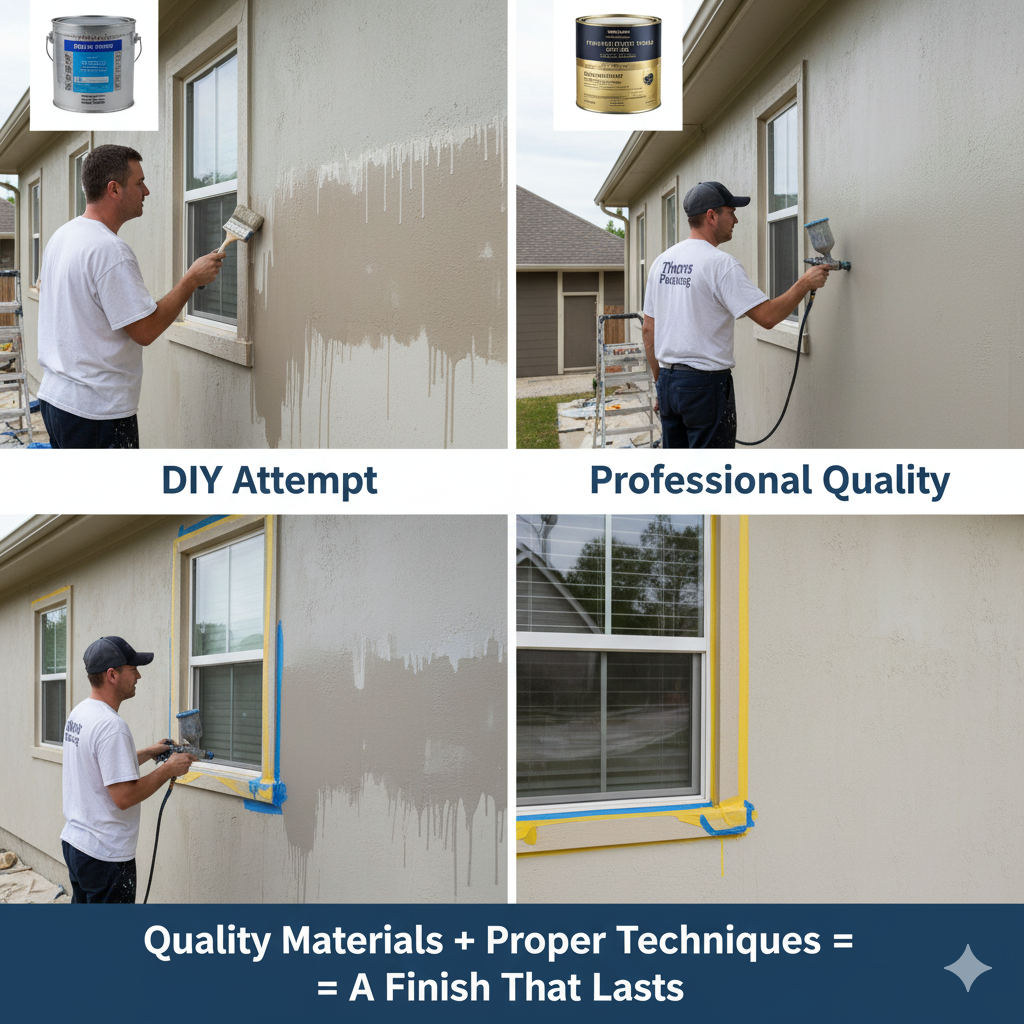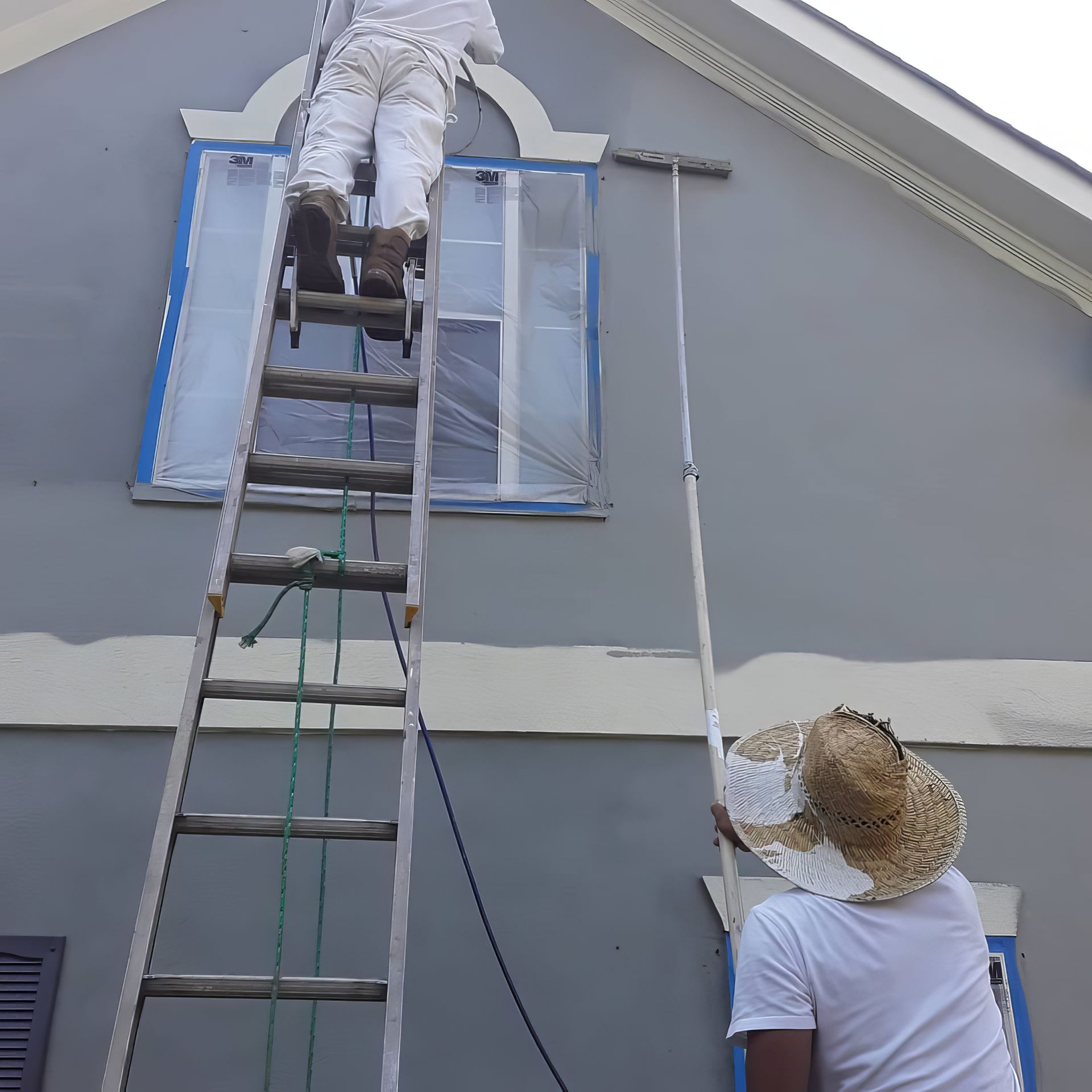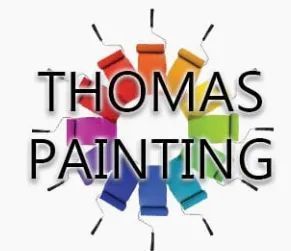5 Commercial Painting Hacks to Minimize Business Disruption
Smart Scheduling Tactics

Off-Hours Painting
Imagine walking into your office in the morning and seeing a fresh coat of paint without having witnessed any of the work being done. That's the magic of off-hours painting. By scheduling painting projects during evenings or weekends, you avoid interruptions during your busiest times. This approach keeps your business humming along without a hitch. Plus, your employees won't have to work around the painters, which means they're free to focus on their tasks without distractions. Curious about how this works? Discover more strategies for disruption-free commercial painting.
Strategic Project Phasing
Breaking down the painting project into phases can also minimize disruption. Instead of painting the entire space at once, focus on one area at a time. This way, you can keep parts of your business fully operational while the work is being done in another section. This phased approach is especially useful in large buildings where it's crucial to maintain some level of functionality. With careful planning, painting can be done with minimal impact on daily operations. Check out this guide on planning phased commercial painting projects.
Communication and Planning
Setting Clear Expectations
From the start, it's vital to have a clear plan. Sit down with your painting contractor and outline the project's scope, timeline, and any specific needs your business has. This ensures everyone is on the same page and there are no surprises down the line. Discuss any potential disruptions and how they can be mitigated. When expectations are clear, the project can proceed smoothly, leaving you with a beautifully painted space without any stress.
Coordination with Teams
Having open lines of communication with your staff is equally important. Let your team know the painting schedule and any areas that will be off-limits during the project. This allows them to plan their work accordingly and avoid any unexpected surprises. When your team feels informed and prepared, the whole process becomes more efficient. Encourage your staff to share feedback during the project to address any concerns promptly. Need more tips? Here's how to ensure minimal disruption during commercial painting.
Expert Techniques and Tool Setting
Clear Expectations
From the start, it's vital to have a clear plan. Sit down with your painting contractor and outline the project's scope, timeline, and any specific needs your business has. This ensures everyone is on the same page and there are no surprises down the line. Discuss any potential disruptions and how they can be mitigated. When expectations are clear, the project can proceed smoothly, leaving you with a beautifully painted space without any stress.
Coordination with Teams
Having open lines of communication with your staff is equally important. Let your team know the painting schedule and any areas that will be off-limits during the project. This allows them to plan their work accordingly and avoid any unexpected surprises. When your team feels informed and prepared, the whole process becomes more efficient. Encourage your staff to share feedback during the project to address any concerns promptly. Need more tips? Here's how to ensure minimal disruption during commercial painting.
